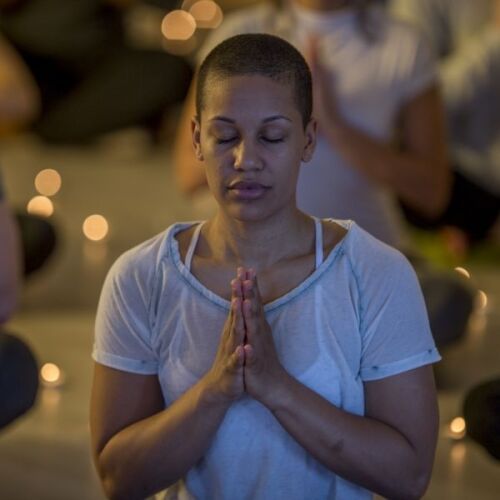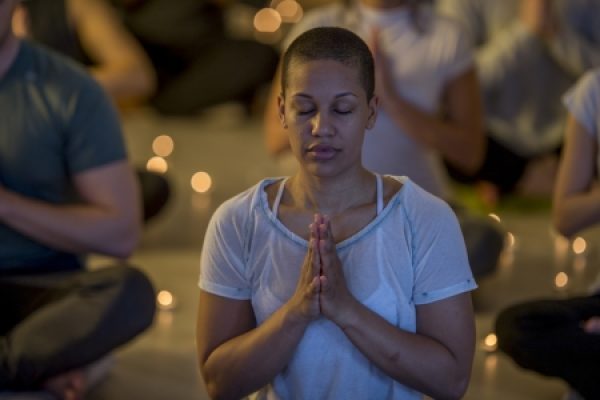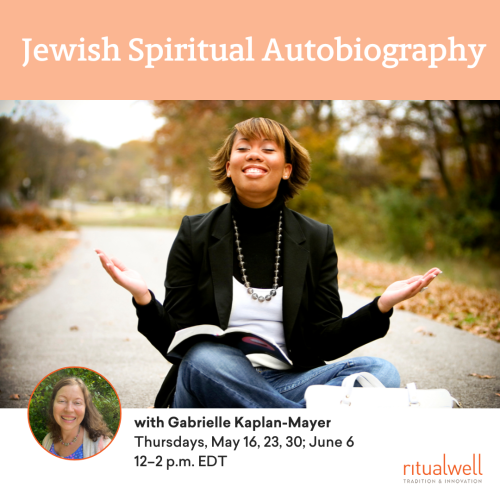Many institutionalized religions appear to prize knowledge and intellectual learning. Yet we also often find, in tension with this, an awareness of the disadvantages of endlessly pursuing intellectual knowledge. In Zen Buddhism, which greatly values the study of its scriptures or sutras, practitioners are taught to cultivate “Beginner’s Mind,” a state of not-knowing – that is, not clinging to our previous certainties, but rather being open and eager to learn, as if from the beginning.
In Judaism too, we find this tension. The great esteem our tradition has placed on knowledge and learning is balanced by our obligation to cultivate our own relationship with not-knowing. The most famous example of this is in the following talmudic teaching, where we learn of a controversial practice for the holiday of PurimLit. "Lots." A carnival holiday celebrated on the 14th of the Jewish month of Adar, commemorating the Jewish victory over the Persians as told in the Book of Esther. Purim is celebrated by reading the megilla (Book of Esther), exchanging gifts, giving money to the poor, and holding a festive meal. At the megilla reading, merrymakers are dressed in costumes, people drink, and noisemakers (graggers) are sounded whenever the villain Haman's name is mentioned.. Why do think Rava’s teaching has proved so contentious, and yet so enduring? What is the deeper meaning of the practice he is pointing us toward?
Rava taught that a person is obligated to become intoxicated on Purim until they do not know the difference between “Cursed is Haman” and “Blessed is Mordechai.”
—Babylonian TalmudThe rabbinic compendium of lore and legend composed between 200 and 500 CE. Study of the Talmud is the focus of rabbinic scholarship. The Talmud has two versions, the main Babylonian version (Bavli) and the smaller Jerusalem version (Yerushalmi). It is written in Rabbinic Hebrew and Aramaic., MegillahLit. Scroll Usually refers specifically the Scroll of Esther (Megillat Esther) read on Purim, telling the story of how Esther saved the Jewish people. Megillat Ruth is read on Shavuot. 7b
Haman, the villain of the Purim story, thinks he has everything figured out and meticulously planned. The rabbis even call him ‘Mr. Prepared’ (Memuchan – see Megillah 12b). But so often in life, we are lacking just one piece of information, and that completely changes the entire picture. And sometimes it is precisely our certainty that we already know everything that prevents us from seeing what we are missing. As Henry David Thoreau wrote, “I begin to see an object when I cease to understand it.”
What is Haman missing, according to the teaching below, and why do you think he missed it, despite his thorough preparations? How might this one little fact affect the outcome of his plans?
When the lot fell on Adar, Haman rejoiced greatly, for he said: “The lot has fallen on the month that MosesThe quintessential Jewish leader who spoke face to face with God, unlike any other prophet, and who freed the people from Egypt, led them through the desert for forty years, and received the Torah on Mt. Sinai. His Hebrew name is Moshe. died!” And he did not know that on the 7th of Adar, Moses died, and on the 7th of Adar he was born.
—Babylonian Talmud, Megillah 13b
Hasidism often developed radical ideas which were already present in traditional Judaism.
R’ Menachem Nachum Twersky of Chernobyl (1730–1797) is also known as the “Chernobyler Rebbe” or the Me’or Einayim (Light of the Eyes), after the name of his most important book. He is one of very few who learned with both the founder of Hasidism, the Ba’al Shem Tov, and his successor, the MaggidLit. The telling The section of the Passover seder for telling the story of the exodus from Egypt of Mezritch.
From teachings such as the one below, we can see why the rabbinic opponents of Hasidism, who valued talmudic learning for its own sake, were quick to label Hasidism a heretical and dangerous movement. What is R’ Menachem teaching us here about the difference between knowledge and wisdom? What is the spiritual practice that his words might lead us to explore?
After a person learns all the TorahThe Five Books of Moses, and the foundation of all of Jewish life and lore. The Torah is considered the heart and soul of the Jewish people, and study of the Torah is a high mitzvah. The Torah itself a scroll that is hand lettered on parchment, elaborately dressed and decorated, and stored in a decorative ark. It is chanted aloud on Mondays, Thursdays, and Shabbat, according to a yearly cycle. Sometimes "Torah" is used as a colloquial term for Jewish learning and narrative in general., then they know and understand that they do not know anything, for the goal of knowledge is not-knowing.
—Me’or Einayim on Parshat Breishit
Practice Instructions for Cultivating a State of Not-knowing
Decide how long you want to practice for. If you’re new to meditation, try ten minutes. When you feel ready, gradually increase the practice time by five minutes at a time. Twenty minutes is a good sit for an intermediate practitioner, whereas more advanced meditators might practice for 45–60 minutes.
Sit quietly in a comfortable position, with the spine upright, and the body balanced between relaxation and alertness. (Lying down is also possible, but brings with it the possibility of falling asleep).
Close your eyes and let out a few yawns or sighs to relax your body.
Now just sit, not trying to change or do anything, except observe whatever arises in your body and mind – thoughts, feelings, whatever comes.
After a minute or two, set your intention to bring your attention or awareness to a specific place in the body that will be your anchor or object for this practice. If you already have a meditation practice, please use whatever anchor works best for you at this time. If you are new to this, then you may want to use the soles of the feet, the backside and its contact with the chair/cushion, or any other relatively neutral place in the body.
Whatever thoughts, feelings or sensations arise, try to notice them, gently release them without judgement, and keep returning to your anchor. This may or not be easy in this moment, but the key thing is the effort. Keep trying to bring your attention, focus and curiosity gently back to the anchor that you have chosen.
After a few minutes, we are a little more settled and ready to introduce the work of cultivating not-knowing. Whatever thoughts, feelings or sensations arise, notice them and welcome them with a gentle greeting such as, “What a mystery!” or perhaps, “Maybe, maybe not,” or, “I have no idea what that is or where it comes from” or even, “Could be, I don’t know for sure.”
Use whichever formula works best for you. Trust your intuition and keep it simple – don’t getA writ of divorce. Traditionally, only a man can grant his wife a get. Liberal Jews have amended this tradition, making divorce more egalitarian. lost in thought about which words to use. Maintain some focus on your anchor to help you remain in a meditative state. Keep doing this diligently to whatever the mind presents, no matter what it is, for the duration of your practice, and notice what happens.
When you have completed the practice, take a moment to check in with yourself. What is happening inside you? Is there anything you would like to express or record for yourself?













